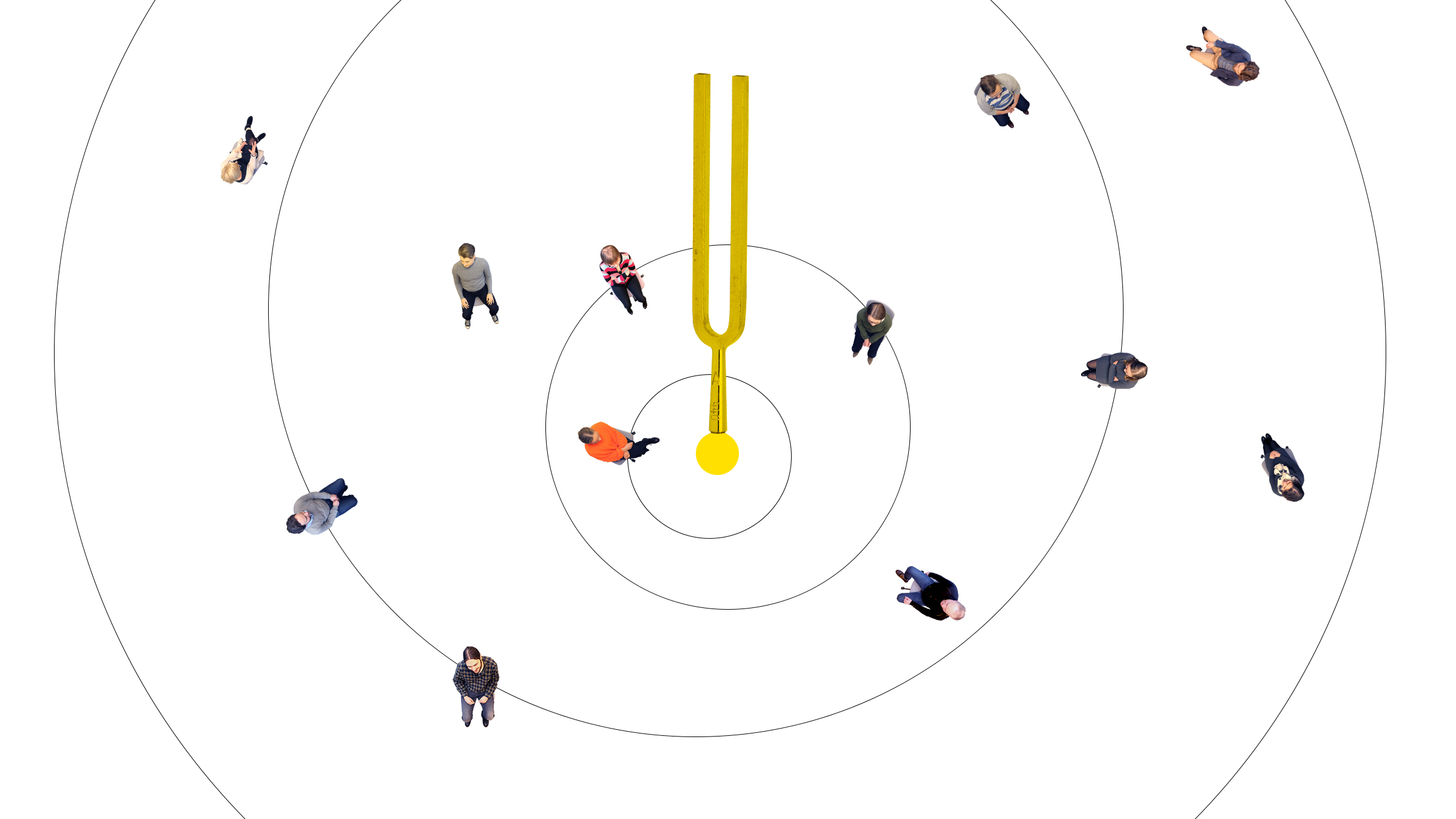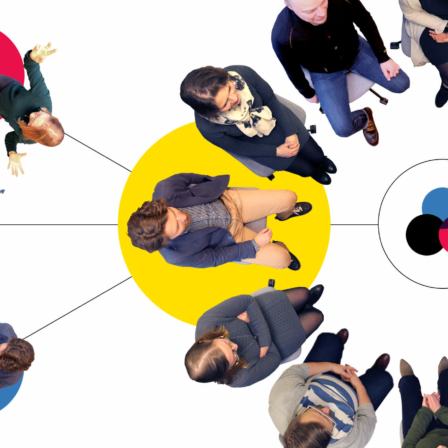At the beginning of the discussion, tune into an equal and trusting encounter. It is essential to create an atmosphere in which the participants trust each other and are prepared to share their experiences with the others. If you are tuned in to the discussion properly, the participants’ understanding of their own views and those of the others will deepen. At best, you will be able to reflect on things together.
How?
Launch the dialogue by talking about the objectives, roles and ground rules of the discussion. In the introduction, you should go over how the discussion will be reported outside the group, whether the intention is to continue the discussion and if it is, where this will take place and who will be responsible for it.
Explain your role as a discussion facilitator – your responsibility is also to ensure that you stick to the schedule, that everyone has a chance to speak and that the ground rules of the discussion are observed. Reserve yourself the right to intervene, for example, by interrupting if someone speaks too long. Tell the participants what you expect and hope from them. Revise the ground rules for a constructive discussion. The other roles in a discussion include the participant and the recorder. Participants can be requested to listen to each other, to write down thoughts and to ask the others specifying questions directly. The recorder records the discussion in as much detail as possible.
The initial question should be open so that it leads to more in-depth discussion on the topic and speaking from experience. Participants can introduce themselves in connection with the initial question. Remember to thank the participants and say how important it is that they are present.
You can tune into the topic through art, documents, photographs or introductions to the topic. The question aimed at tuning in may also concern experiences, observations, feelings, memories, impressions or thoughts. Below, you find a list of things you should think about in advance. On Sitra’s website, you will also find Sitra’s Megatrend cards that can be used for a dialogue on future phenomena.
This is how you prepare for the discussion:
- Think about how you will start the dialogue.
See the example script for the beginning of a dialogue. - Change the wording of the ground rules for a discussion to suit your own style.
See the ground rules for a constructive discussion - Think about what material you will use for tuning into the topic.
See the questions for stimulating a discussion - Familiarise yourself with the theme and make a list of questions related to the content of the discussion.
See the questions for preparing yourself for the topic to be discussed




















More tools
How to master a dialogue.